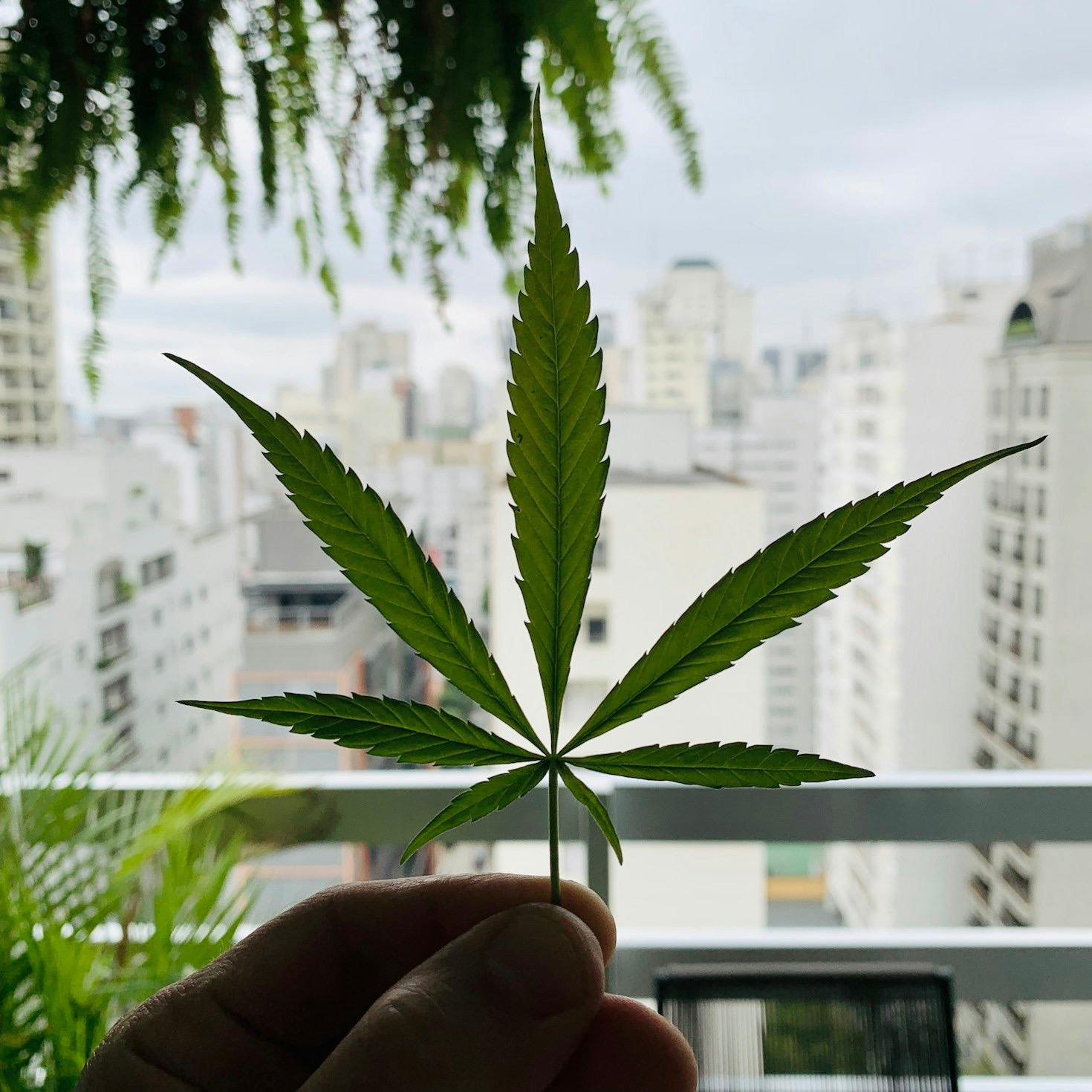Cannabis is one of the most fascinating plants on Earth—both from a cultural perspective and a scientific one. While many people are drawn to it for its relaxing, euphoric, or pain-relieving effects, few truly grasp what’s happening behind the scenes at a molecular level.
Understanding the science of cannabis doesn’t just make for good trivia—it helps enthusiasts become more intentional about how they enjoy it. Knowing why cannabis does what it does transforms it from a casual indulgence into a nuanced, personalized experience.
Let’s break down what’s going on inside this remarkable plant—and inside you.
The Plant: A Phytochemical Powerhouse
1. Cannabinoids: The Main Event
Cannabis produces over 100 cannabinoids, but the most well-known are:
- THC (Δ9-tetrahydrocannabinol): The primary psychoactive compound that makes you feel “high.”
- CBD (cannabidiol): Non-intoxicating, widely studied for anti-inflammatory, anxiolytic, and neuroprotective properties.
- CBG, CBC, CBN: “Minor” cannabinoids gaining attention for nuanced effects.
Cannabinoids are created in the plant through biosynthetic pathways, starting with CBGA (the “mother cannabinoid”), which then converts into THCA, CBDA, and others.
Fun fact: Raw cannabis doesn’t contain active THC. It holds THCA, which needs heat (via smoking, vaping, or decarboxylation in edibles) to convert into psychoactive THC.
2. Terpenes: The Aromatic Architects
Terpenes are volatile compounds that give cannabis its distinct smells and subtle flavors, from skunky pine to bright lemon.
- Limonene: Citrus aroma, mood-lifting.
- Myrcene: Earthy, musky, linked to sedative effects.
- Pinene: Sharp pine, thought to promote alertness.
Terpenes do more than smell nice—they interact with cannabinoids in what’s called the entourage effect, subtly shaping the overall experience.
The Human Body: Why Cannabis Works
1. The Endocannabinoid System (ECS)
Discovered in the 1990s, the ECS is a vast network of receptors (CB1 and CB2) spread throughout your body. It helps regulate:
- Mood
- Pain
- Appetite
- Sleep
- Immune response
Your body makes its own cannabinoids (like anandamide, sometimes called the “bliss molecule”). Cannabis works by mimicking and interacting with this system.
2. Why THC Gets You High
- THC binds to CB1 receptors, mainly in the brain, which is why it alters perception, mood, and coordination.
- These receptors are densely packed in areas like the hippocampus (memory) and cerebellum (motor control), explaining both euphoria and occasional forgetfulness or clumsiness.
3. Why CBD Doesn’t
- CBD doesn’t strongly bind to CB1 or CB2. Instead, it modulates them indirectly, while also interacting with serotonin and vanilloid receptors.
- This is why it can ease anxiety or inflammation without making you feel “stoned.”
The Entourage Effect: More Than Just THC
One of the biggest misconceptions is that THC percentage equals quality.
In truth, cannabis is synergistic: cannabinoids + terpenes + flavonoids work together to create nuanced effects.
A strain with 16% THC and a rich terpene profile might feel far more powerful or enjoyable than a bland 30% THC strain. This is why experienced consumers often chase flavor and aroma profiles as much as cannabinoid levels.
The Science of Consumption
1. Inhalation (Smoking & Vaping)
- Fast onset (minutes), effects peak around 30 minutes and taper off after ~2 hours.
- Heat instantly decarbs THCA to THC.
- Vaporizing preserves more terpenes and is easier on the lungs.
2. Edibles
- THC is metabolized by the liver into 11-hydroxy-THC, which is more potent and longer-lasting.
- This is why edibles hit harder and can last 6–8 hours.
- Always start low (2.5–5 mg THC) and wait 2 hours before taking more.
3. Sublinguals & Tinctures
- Absorbed under the tongue into the bloodstream.
- Effects in ~15-30 minutes, duration shorter than edibles but longer than inhalation.
Why the Same Strain Can Feel Different
- Your unique endocannabinoid system, current hormone levels, what you ate that day, and even your mood can all affect how cannabis hits you.
- Storage matters too: terpenes degrade over time, so an older jar might taste and feel different.
Key Takeaways for Enthusiasts
✅ Look beyond THC: Terpenes and minor cannabinoids dramatically shape your experience.
✅ Keep a journal: Note strain, dose, method, how you felt. Patterns emerge that help you tailor future sessions.
✅ Respect your body: If you’re anxious or tired, cannabis can amplify it. Be mindful of set and setting.
✅ Stay curious: The science of cannabis is evolving rapidly. From nano-emulsions for faster edibles to breakthroughs in terpene studies, there’s always something new to learn.
The Final Word: It’s More Than Just a High
Understanding cannabis on a scientific level doesn’t make it clinical or boring—it makes it richer. Knowing why certain strains lift your mood, or why a specific edible formula gives you a mellow body glow, deepens your appreciation.
So keep exploring, experimenting, and asking questions. Because the more you know, the more each session becomes an art form all its own.
Stay Lit. Stay Lavish!


Leave a Reply